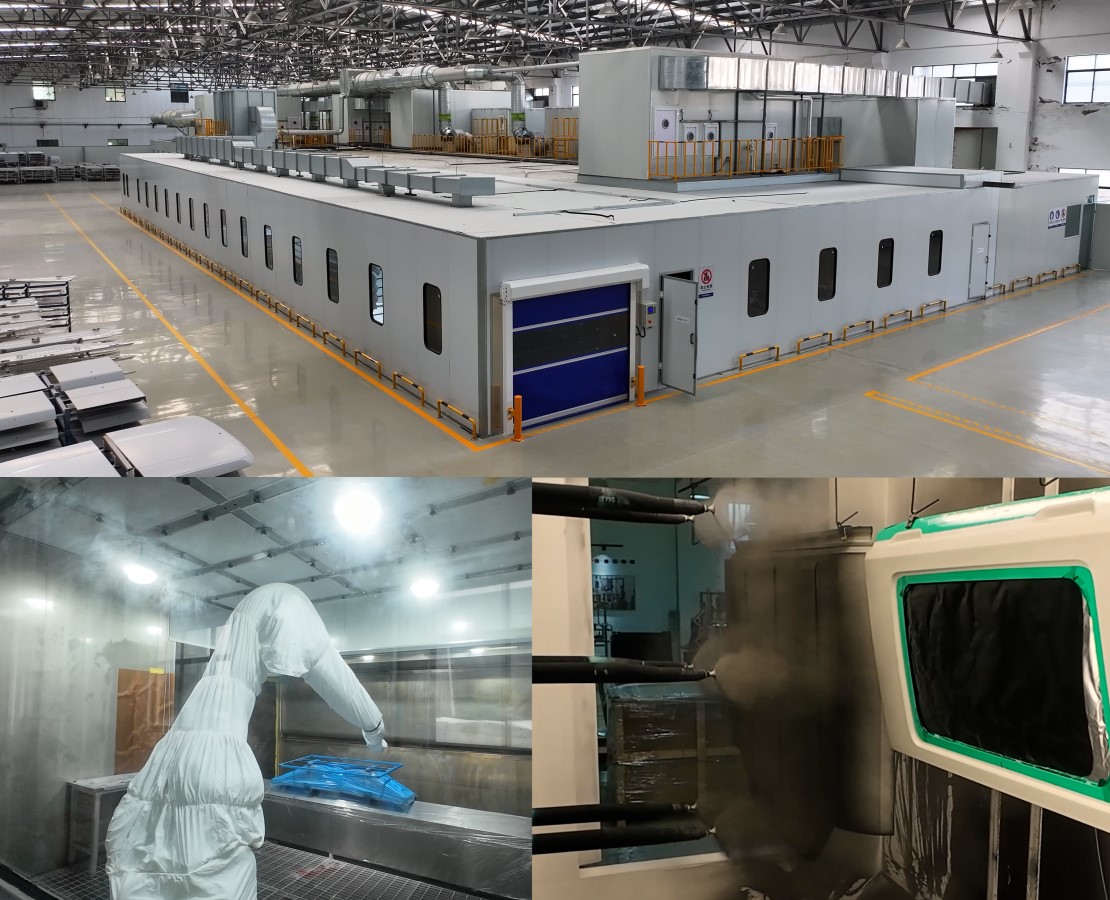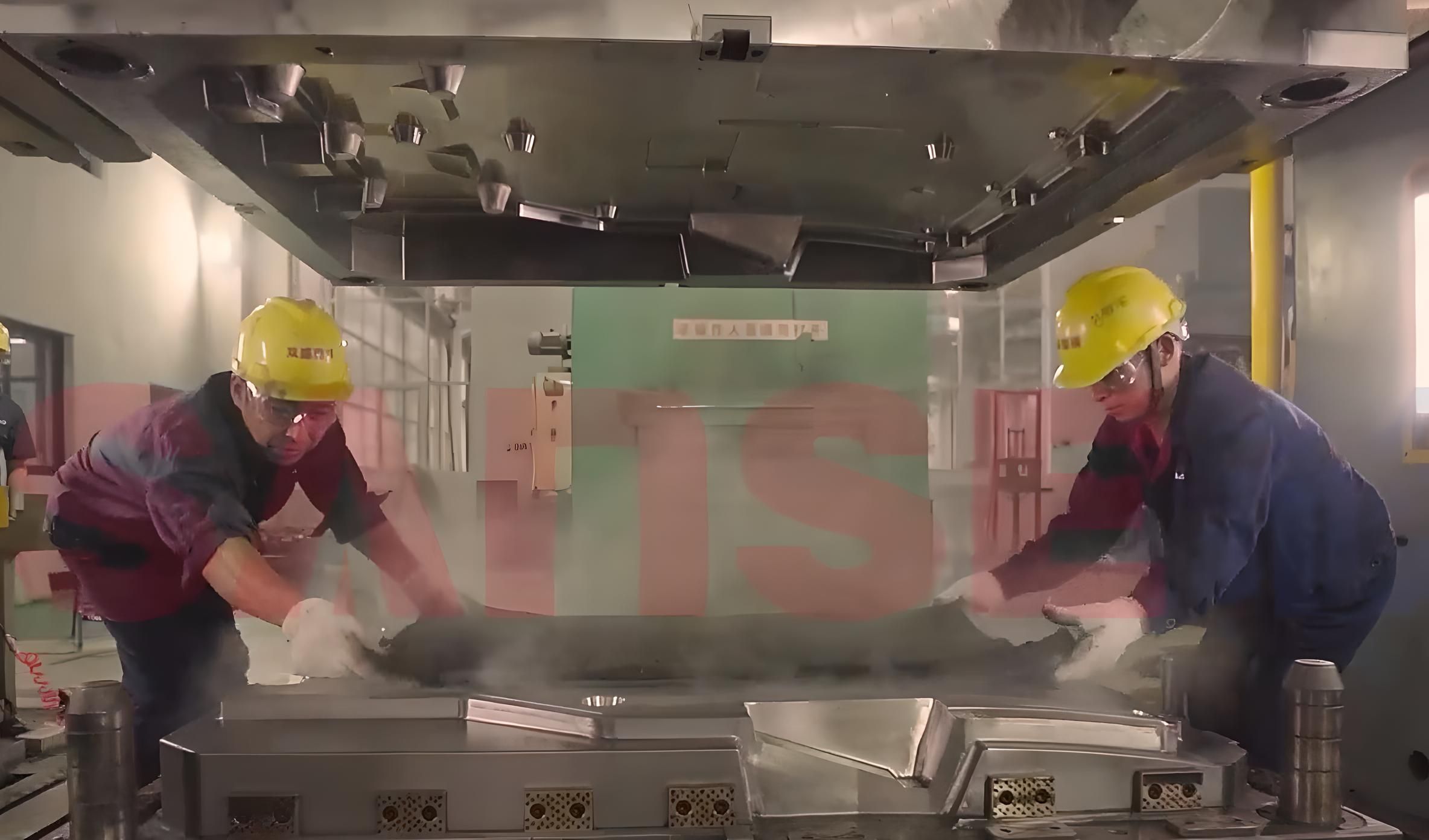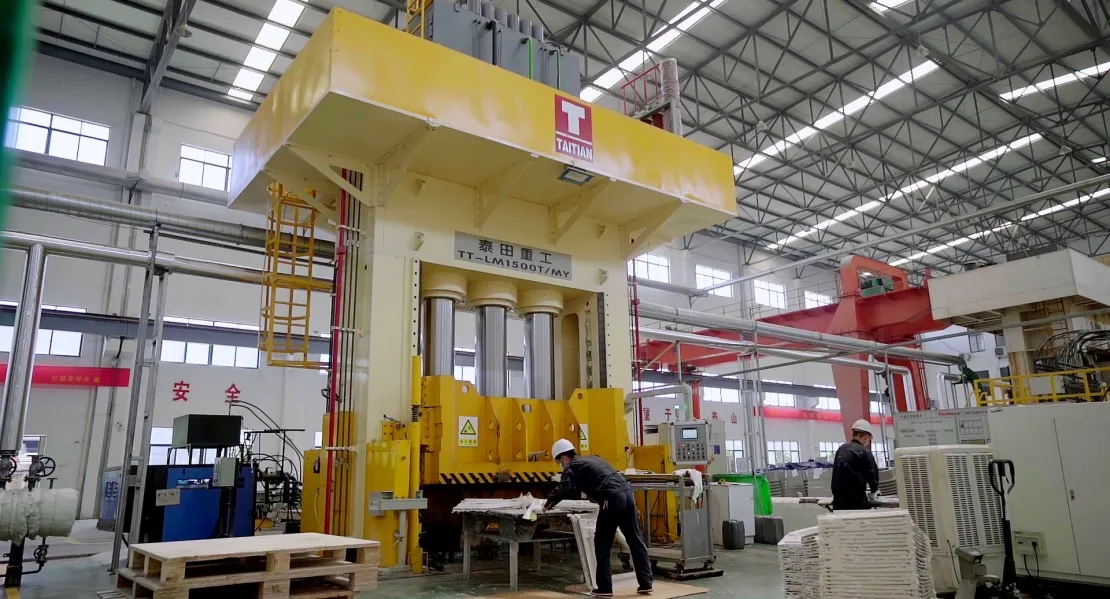Compression molding is a widely used manufacturing process, particularly for producing composite materials like Sheet Molding Compound (SMC) and Bulk Molding Compound (BMC). The process involves placing a pre-measured amount of molding material into a heated mold cavity, then applying heat and pressure to shape it. One of the most critical factors influencing the quality, efficiency, and performance of compression molding is the mold temperature.
The Importance of Mold Temperature in Compression Molding
Mold temperature directly affects the material flow, curing time, and final surface finish of the molded part. An incorrect mold temperature can result in defects such as incomplete curing or poor surface quality, potentially leading to part failure. SMC mold and BMC mold require precise temperature control to ensure successful compression molding.

Optimal Mold Temperature for Different Materials
SMC Mold
The optimal mold temperature for SMC mold typically ranges between 120°C to 160°C (248°F to 320°F). This range ensures that the material cures efficiently without excessive shrinkage or warping.
BMC Mold
For BMC mold, temperatures range from 130°C to 170°C (266°F to 338°F), ensuring proper material flow and curing.
Thermosetting Resins
Materials like phenolic resins and epoxies require higher mold temperatures, often between 150°C to 200°C (302°F to 392°F), to achieve full curing and optimal performance.
Rubber Compression Molding
In rubber compression molding, typical mold temperatures are lower, ranging from 140°C to 160°C (284°F to 320°F).

Factors Affecting Mold Temperature Control
Controlling the mold temperature depends on factors such as heat transfer efficiency, cooling systems, and mold material. Advanced temperature control systems and insulation methods can help maintain consistent temperatures, essential for high-quality compression molding results.
Tips for Optimizing Mold Temperature in Compression Molding
- Preheat the mold to ensure even material flow and prevent cold spots.
- Use automated temperature control systems to enhance precision and consistency.
- Insulate the mold to minimize heat loss and reduce energy consumption.
- Regularly calibrate temperature sensors and heating systems to maintain optimal mold temperatures.

Conclusion
The mold temperature in compression molding is crucial for achieving high-quality parts, whether working with SMC molds, BMC molds, or other composite materials. By carefully controlling mold temperature, manufacturers can ensure that parts are durable, defect-free, and meet dimensional specifications.
